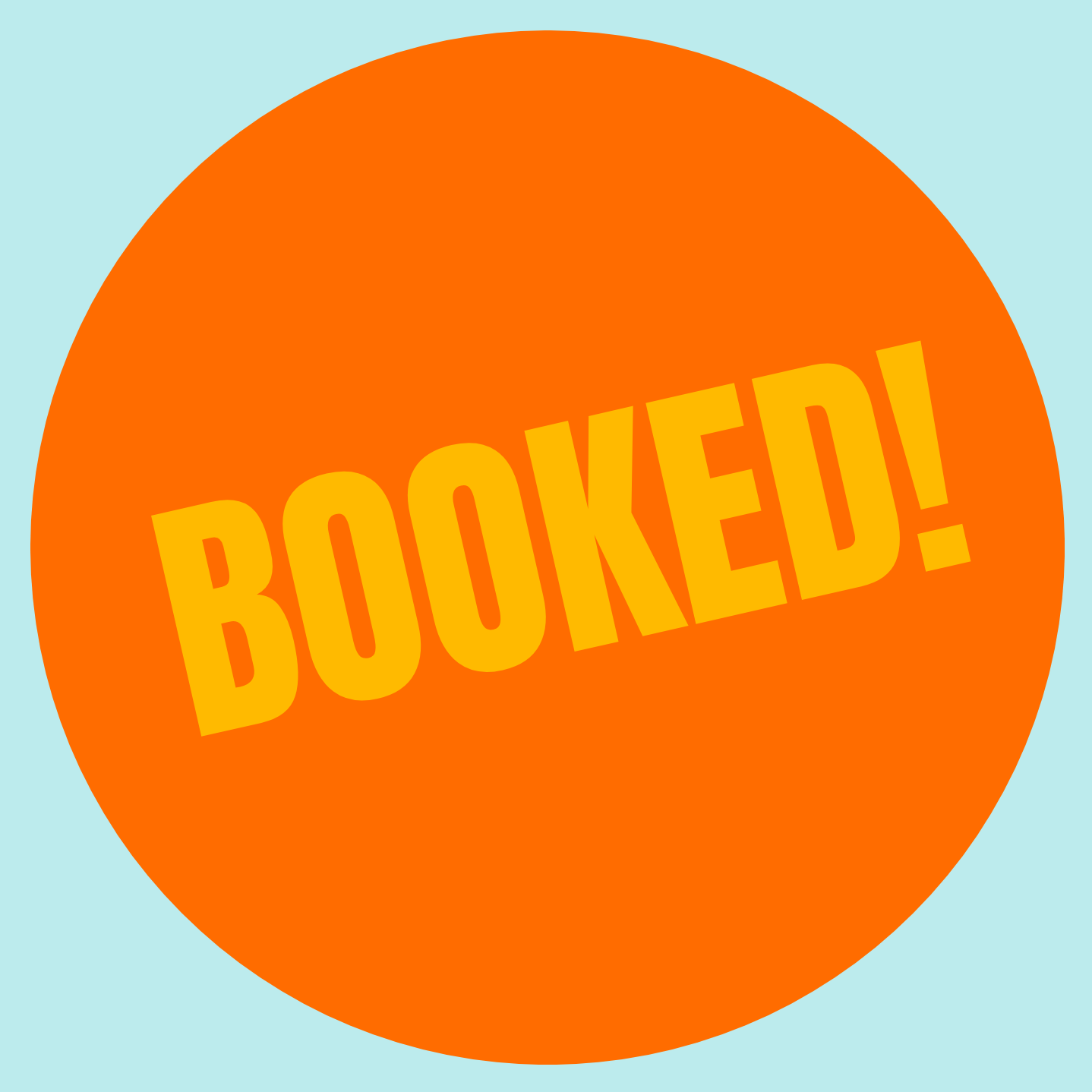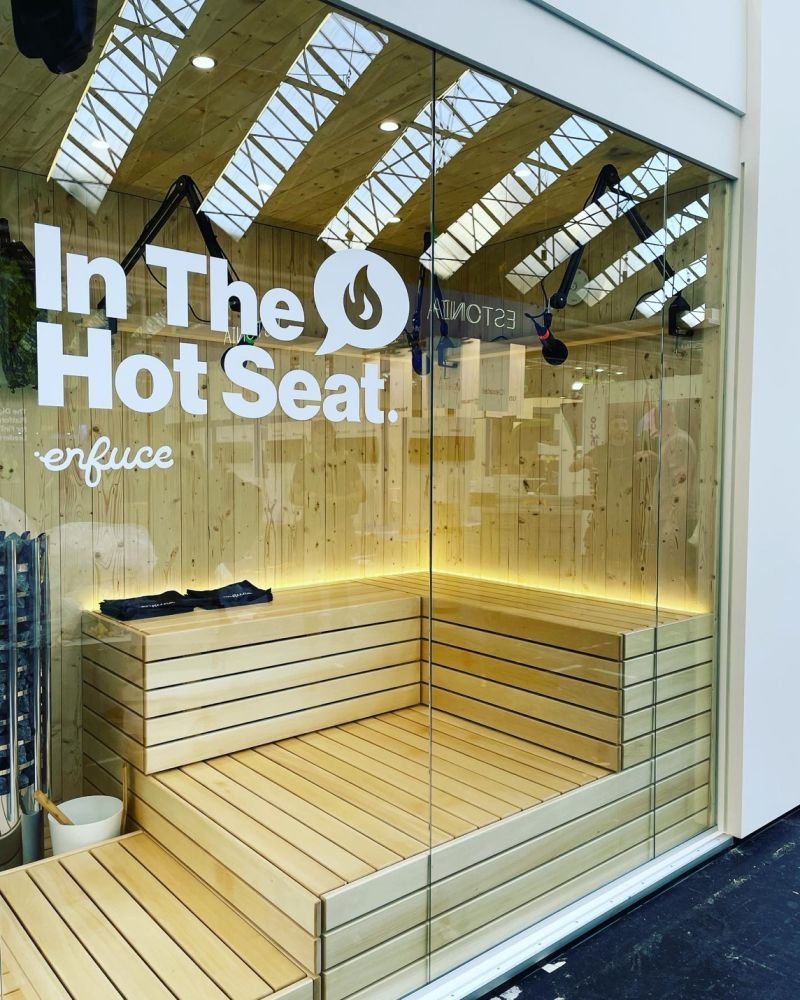
Send Me Your Deck!
How We’re Rethinking the Pitch in a Crowded Market

From Awkward Asks to Engaging Interviews: Expert Tips on Podcast Guest Booking
Discover how to secure the perfect podcast guests, offering practical tips and insights to streamline your booking efforts. Learn how Podfly’s tailored approach can elevate your podcast episodes and engage your audience. This guide will help you turn guest booking into a strategic advantage. Read on to see how we make podcast guest booking easy and effective.

Women in Marketing: We Have Nothing to Prove
While our individual stories may differ, there is a common thread: the constant pressure to prove ourselves as women. We must stop proving our value, and start owning it.

Humans Making Podcasts for Humans (for now)
Lately, we’ve loved the new capabilities and opportunities that technology provides in podcasting. When you strip all the fancy editing and production frills away, it’s really about humans sharing their unique stories.

Hot Mic: Building a Studio for a Spicy Conversation
June of 2023, the Finnish fintech firm Enfuce launched a company-wide rebrand. They wanted their organization to look different because, to be perfectly frank, they are different. Their founders are unapologetically opinionated and have a, let’s call it “colorful” way of expressing it, but perhaps most transgressive of all they’re both women.

Good Teams/Bad Teams
Great minds in business, psychology and academia have proven empirically what you and I sense intuitively: great teams perform best when teammates like each other and enjoy working together. This is especially true in Podcasting.
